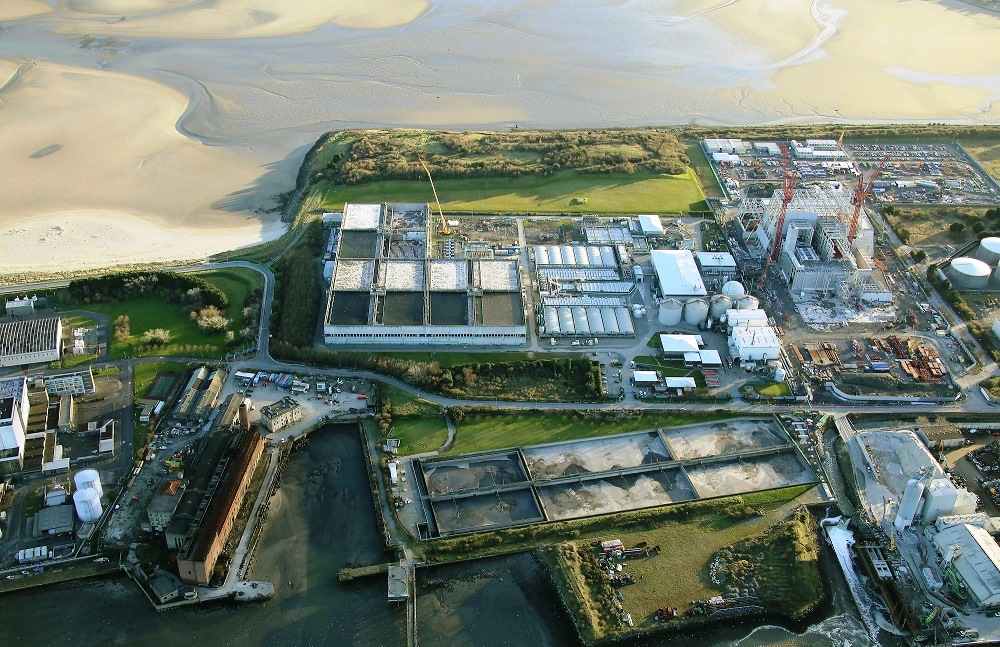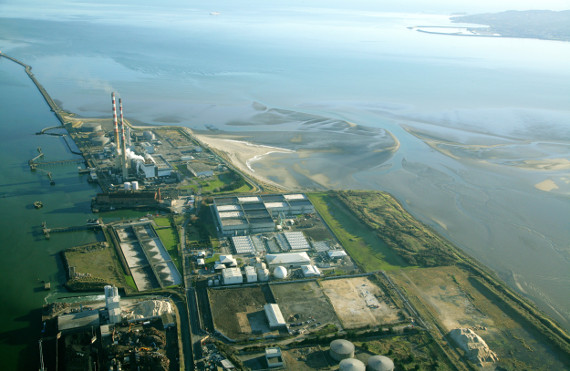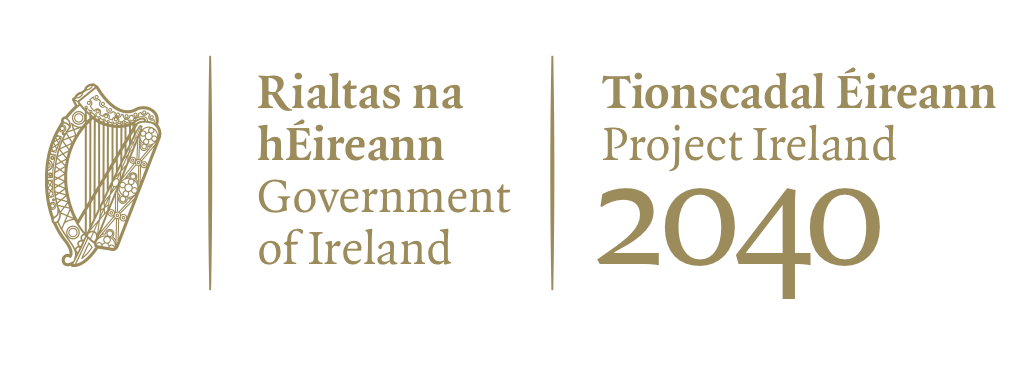Project Background
An in-depth study was ordered by the Dublin Region Local Authorities in 2005 to evaluate all wastewater treatment infrastructure in the Greater Dublin Area (GDA).
The key points from the study were to:
- Expand all wastewater treatment plants in the GDA to their maximum capacities to ensure wastewater infrastructure in the Dublin region could support future development;
- Build a new regional wastewater treatment facility in North Dublin that would treat wastewater form the GDA to a high standard, meeting National and EU Directives and Regulations for water quality.
Dublin Region Local Authorities reviewed the study and established projects to implement and deliver the strategy. The Greater Dublin Drainage Project was set up to deliver the regional wastewater facility in North Dublin. The Ringsend Wastewater Treatment Plant Upgrade Project was set up to deliver the expansion works required at the largest plant in the GDA at Ringsend, which has provided wastewater treatment since 1906.
Ringsend WwTP currently discharges treated wastewater into the Lower Liffey Estuary via an outfall located approximately 1km from the facility. Under the Urban Wastewater Treatment Directive, the Lower Liffey Estuary is designated as a (nutrient) sensitive waterbody. This designation requires the WwTP to reduce nutrients (nitrogen, phosphorus) to below a specified level before discharging into a nutrient sensitive waterbody.
Dublin City Council applied to An Bord Pleanála and in 2012 received permission to carry out the recommended upgrade and expansion works at the plant to maximise its capacity. Permission was also granted to construct a 9km undersea tunnel designed to relocate treated wastewater from the plant out into Dublin Bay
In January 2014, we assumed responsibility for the provision of public water services, which included the transfer of responsibility for the Ringsend Wastewater Treatment Plant from Dublin City Council. Since taking on this responsibility, we have completed thorough reviews and evaluations of the elements of the project and we are now progressing with an alternative solution within a revised project.
This alternative approach to this project which involves the use of the Aerobic Granular Sludge (AGS) technology treatment process and the exclusion of the originally planned 9km undersea tunnel.
AGS technology is an advanced nutrient removal technology that is a further development of the activated sludge process. This treatment process will consistently produce high-quality treated wastewater which can be safely discharged into Dublin Bay. We have conducted detailed testing and trials of the technology since April 2015 to treat the wastewater being received at the Ringsend plant. These trials have proved successful; confirming that wastewater treated by AGS technology can be safely discharged to the Lower Liffey Estuary and Dublin Bay.
In April 2019, An Bord Pleanála granted permission for the works required to facilitate the use of Aerobic Granular Sludge (AGS) technology, to omit the previously permitted long sea outfall tunnel and to upgrade the sludge treatment facilities at Ringsend, Dublin 4, and to provide for a Regional Biosolids Storage Facility in Newtown, Dublin 11.
The proposed Ringsend WwTP Upgrade Project includes as follows
- Additional secondary treatment capacity as approved by An Bord Pleanála in 2012.
- Proposed works to facilitate the use of AGS technology in the existing secondary treatment tanks, increasing the capacity to 2.4 million population equivalent (PE).
- Exclusion of the previously permitted 9km long undersea outfall tunnel.
- Expansion of the plant's sludge treatment facilities to match the overall increase in wastewater treatment capacity.
- Provision of a new phosphorous recovery process.
- Provision of additional odour control facilities.
- Increase in the flow through the plant by approx. 20% thereby increasing the amount of wastewater that can be treated and reducing the level of storm overflows which occur during heavy rainfall events.
In particular, it should be noted that:
- No increase in capacity over that approved in 2012 is being proposed.
- The revised project will meet the same stringent odour control standards as set out by An Bord Pleanála in 2012.
- From an operational and visual perspective, the revised project is not expected to result in any significant change on the site of the plant from the project approved in 2012. The main change will occur outside the site due to the proposed exclusion of the 9km long undersea tunnel.


